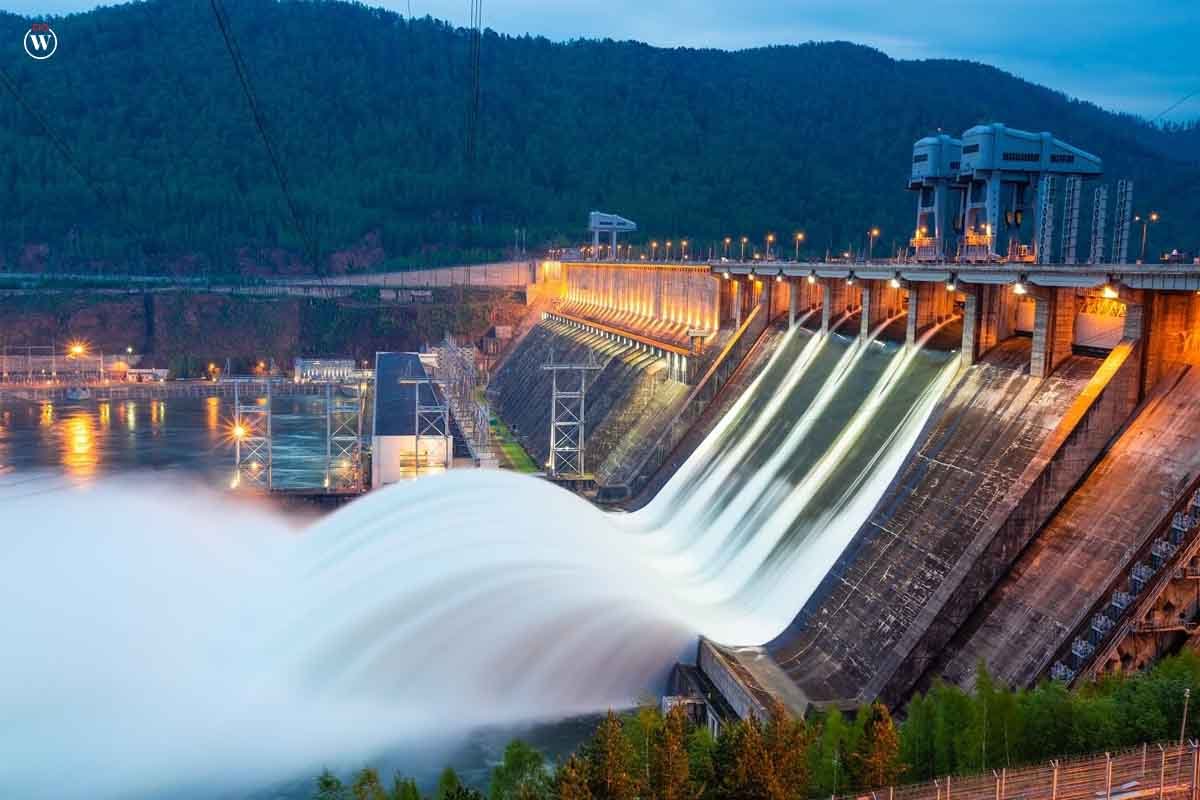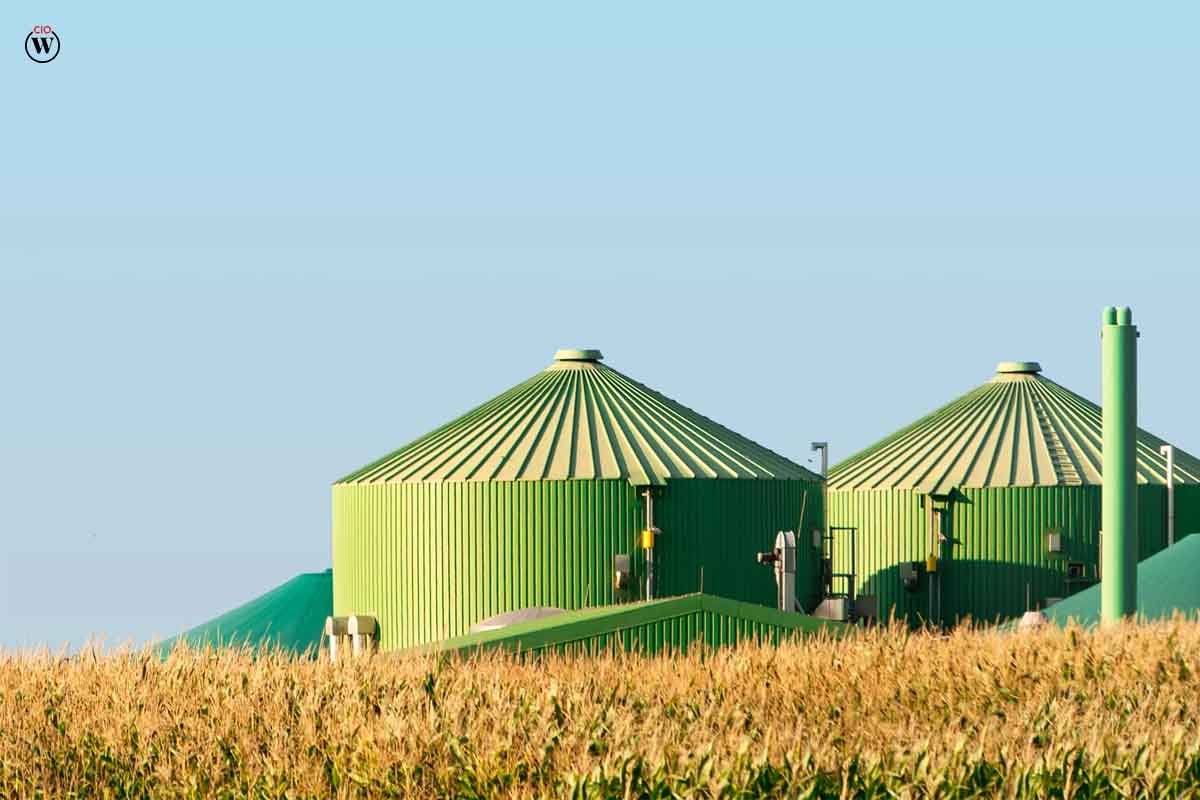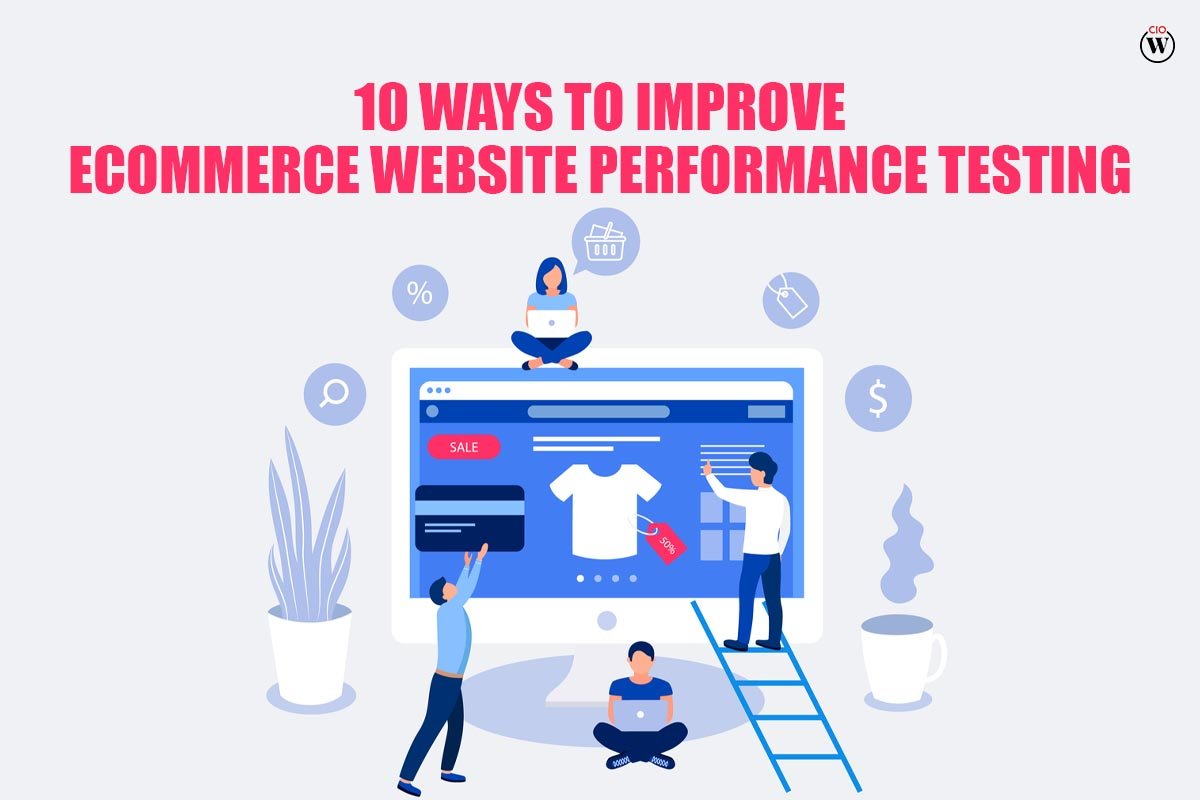In Carbon Tracker’s Sky’s The Limit study, the figures are staggering. The Renewable Energy Trends and Innovations requirement in terms of electrical energy is just 65PWh per year, while the technological and economic potential of solar and wind is hundreds of PWh per year. Most nations could generate as much power from solar panels on an area the size of Ghawar (280 km x 30 km) as is produced by the world’s biggest oilfield. What follows are the report’s most important conclusions:
Here are the 7 Best Renewable Energy Trends and Innovations;
1. Advanced Photovoltaics
PV systems are being more integrated into our environments by solar enterprises, reducing the demand for new land. Therefore, developments such as integrated PV, floatovoltaics, and agrivoltaics make perfect sense. Also, new businesses are working on thin-film cells to make solar panels more malleable, affordable, lightweight, and eco-friendly. New businesses are developing ways to concentrate solar electricity using mirrors and lenses, which should increase the efficiency of PV systems.
Perovskite and other Renewable Energy Trends and Innovations in PV materials are resulting in significant increases in energy conversion. Coupled with photovoltaic designs that allow for peak efficiency and high production, these advancements are really revolutionary. They work in tandem to encourage environmental responsibility by reducing waste, conserving resources, and using nontraditional building materials.
2. Artificial Intelligence and Big Data
Utilities are able to make swift, real-time decisions thanks to big data and AI algorithms, which is especially useful for the electricity grid, which is one of the most complicated infrastructures. Power consumption forecasting and predictive maintenance of renewable energy sources are only two examples of the ways in which artificial intelligence is being put to use in the Renewable Energy Trends and Innovations industry beyond grid analytics and management.

It also paves the way for internet-connected energy apps to estimate grid capacity and conduct autonomous trading and pricing based on real-time market conditions. Virtual power plants (VPP) are an invention made possible by cloud computing that may be used to complement conventional power plants. Additionally, data analytics and machine learning are used by emerging businesses to create and evaluate models for renewable Energy Trends and Innovations.
3. Distributed Energy Storage Systems
DESS centralizes the generation and storage of renewable energy at the point of use, eliminating the need for long transmission distances. Startups provide a variety of battery and battery-free solutions to meet various economic and other needs. Flow batteries, for instance, take use of steady, low-cost power, while solid-state batteries are compact and efficient. Capacitors and supercapacitors are also utilized for applications that need huge quantities of energy in a short amount of time.
Battery-free storage solutions, such as pumped hydro and compressed air technologies, are being developed by entrepreneurs in response to issues with discharge, safety, and environmental contamination. Power-to-X (P2X) technology, on the other hand, converts energy surpluses into heat or methane that may be stored and regenerated at a later time.
4. HydroPower
Hydroelectricity is the power generated by the use of water in motion. Hydropower is dependable because it can be predicted in advance, unlike solar and wind power. Furthermore, hydroelectric dams and ocean-based energy generated from tides, currents, and waves provide great energy density while minimizing reliance on traditional sources. Improvements in energy converters and other components for more effective energy harvesting are at the heart of the latest advances in this category of Renewable Energy Trends and Innovations.

Hydropower allows for decentralized power production via the use of small-scale hydroelectric dams and tidal barrages. Energy from the temperature difference between the ocean’s surface and its depths may be collected via ocean thermal energy conversion (OETC). There are a select few new businesses using the energy present in the salinity gradient created by the osmotic pressure differential between the sea and the river.
5. Wind Energy
The wind energy industry is continuously growing, making it one of the primary trends while being one of the oldest energy resources. Companies are coming out with wind turbines that may be used offshore or in the air to lessen the need for wind energy on land. Integration with other energy sources, such as solar or tidal power, is a common theme in technological advancements in this area.
Aerodynamic improvements to the blades’ designs are always being made to increase efficiency even more. High-efficiency generators and turbines for power generation are other areas where startups excel. One of the difficulties now facing the industry is ensuring the long-term viability of blade materials. Bladeless technologies and blades made from recyclable thermoplastics are being developed by startup companies as a response.
6. Bioenergy
Bioenergy, or energy from biomass, is a kind of Renewable Energy Trends and Innovations. The direct blending of liquid biofuels with quality equivalent to gasoline allows them to be used in automobiles immediately. Businesses work to improve the quality of their biofuels by developing new processes and upgrading methods.
Thermal conversion is used in most biofuel extraction methods, including hydrothermal liquefaction (HTL), pyrolysis, plasma technology, pulverization, and gasification. In addition, sulfur and nitrogen removal is accomplished by the employment of upgrading methods such as cryogenic, hydrate, in-situ, and membrane separation.

Bioethanol, like regular ethanol, may be easily blended with gasoline thanks to the fermentation process. In addition to using garbage, food grains, and plants as fuel, fermentation may produce bioethanol. However, the highest-grade gasoline is produced from the most energy-dense feedstocks. This is why both small and large businesses are thinking about using algal and microalgal feedstocks in these transformations.
7. Grid Integration
Most grid integration solutions focus on improving the transmission, distribution, and stability of renewable energy sources. When Renewable Energy Trends and Innovations production is scaled up, it is generally located distant from population centers where it is needed, leading to transmission and distribution losses. To get around this, we use semiconductors made of energy-efficient materials like gallium nitride (GaN) and silicon carbide (SiC).
Microcontroller-based solutions mitigate the frequency and voltage fluctuations caused by intermittent renewable energy sources. However, despite the availability of these tools, the difficulty of dealing with intermittent energy use remains significant. During peak hours, the grid may be stabilized with the use of vehicle-to-grid (V2G) technology, whereas G2V systems use the car as a storage unit. This has implications for the energy sector as well as the transportation sector.
Also Read: 8 Innovations Making Renewable Energy More Sustainable









